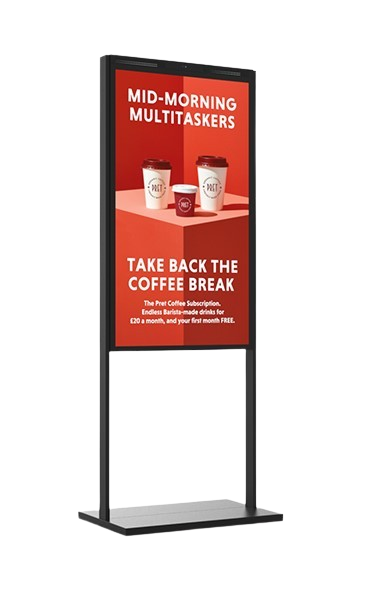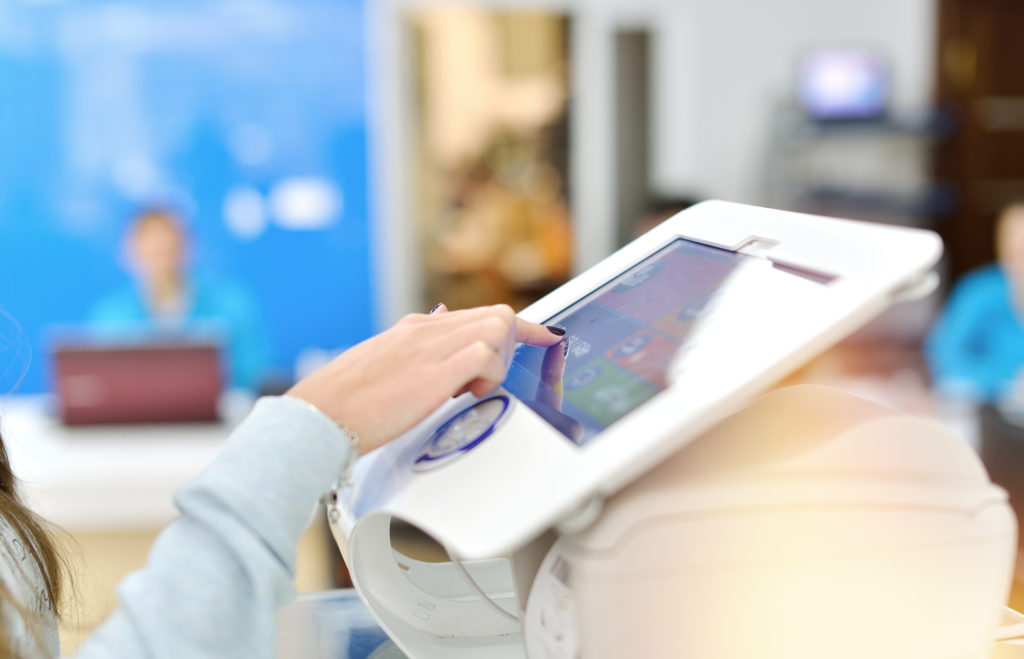+44 (0)1634 791600
info@crystal-display.com
Newsletter Sign Up!
+44 (0)1634 791600
info@crystal-display.com





In our fast-paced, tech-driven world, touchscreens have become an integral part of our daily lives. From smartphones and tablets to ATMs, kiosks, and industrial machines, touchscreens have revolutionized the way we interact with technology. These versatile interfaces have come a long way since their inception, evolving into robust touchscreens that offer durability, sensitivity, and versatility like never before.
Touchscreen technology isn’t a new concept. In fact, the idea of touch-sensitive displays can be traced back to the mid-20th century. However, it wasn’t until the 1970s and 1980s that these technologies started to see practical applications. Resistive and capacitive touchscreens emerged as early options, offering a new way to interact with computers and other electronic devices.
Resistive touchscreens, comprised of multiple layers with a conductive and non-conductive layer, were the first touchscreens widely used. They functioned by detecting pressure, allowing users to interact with a stylus or their fingers. While they were a significant step forward, they lacked the finesse and sensitivity that modern users demand.
Capacitive touchscreens, on the other hand, use the electrical charge of a user’s finger to detect touch. These quickly gained popularity due to their enhanced sensitivity and reliability, making them a staple in smartphones and tablets.
As touchscreens became more commonplace, the need for durability and robustness grew. This was especially true for applications in harsh environments, like industrial machines and outdoor kiosks. Manufacturers responded with innovations that led to the development of robust touchscreens.

Projected Capacitive Touchscreens, or PCAP, were a game-changer. They offered multi-touch capabilities, exceptional clarity, and resistance to scratches and chemicals. This technology not only improved user experiences but also made touchscreens more suitable for industrial and public applications.
Robust touchscreens had to withstand the rigors of real-world applications. Manufacturers started incorporating rugged features, such as strengthened glass, shatterproof screens, and IP-rated enclosures for protection against dust and moisture. These advancements made touchscreens suitable for use in outdoor environments and industrial settings.
Optical bonding is another breakthrough in touchscreen technology. It reduces glare and reflections while enhancing durability by bonding the touchscreen to the display, making it more rugged and readable in bright sunlight.
The story of robust touchscreens doesn’t end here. The journey continues with emerging technologies like In-cell and On-cell touchscreens, which offer even more responsiveness and sleek designs for today’s sleeker devices.

Robust touchscreens are not limited to smartphones and tablets. They have found their way into various industries, including:
Healthcare: Robust touchscreens are essential in the healthcare sector, where cleanliness and reliability are paramount. They’re used in everything from medical equipment to patient check-in systems.
Retail: In-store kiosks and point-of-sale terminals rely on robust touchscreens for smooth customer interactions.
Automotive: Modern cars come equipped with touchscreen infotainment systems that are durable and responsive, enhancing the driving experience.
Industrial: From factory automation to ruggedized tablets for fieldwork, robust touchscreens are vital for various industrial applications.



